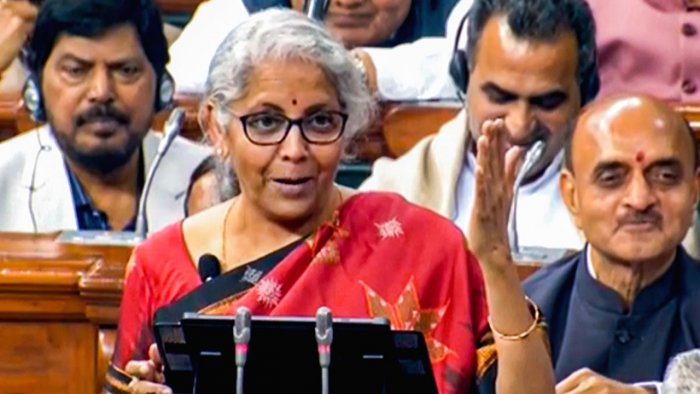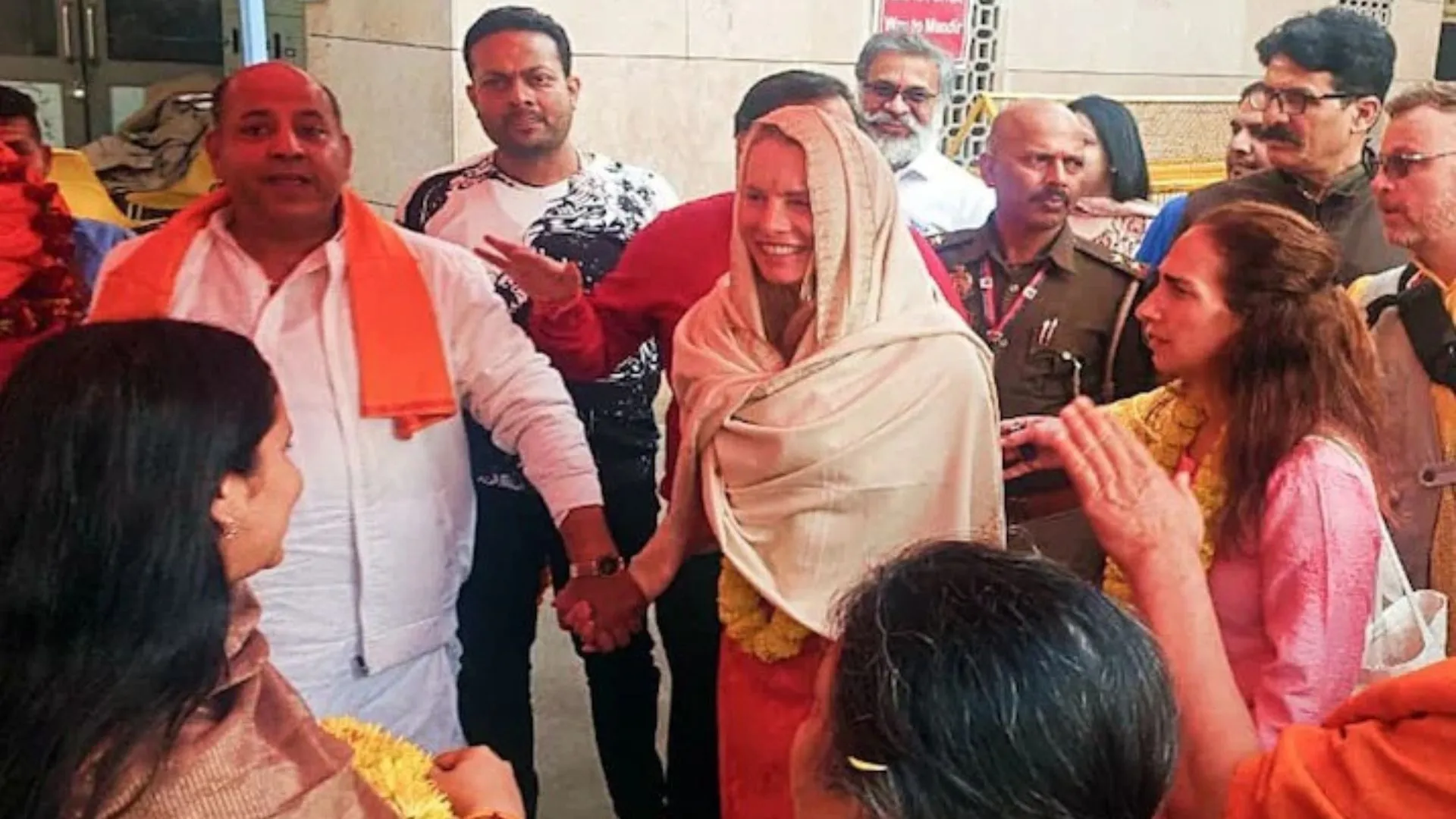Sickle cell disease (SCD) and thalassemias are hereditary disorders that afflict millions of individuals worldwide; their incidence is significant among scheduled tribes that are socio economically disadvantaged and lack access to health care. SCD is prevalent in India, particularly in the central and western regions, where around 1 in 86 scheduled tribe births is affected. It impairs haemoglobin (responsible for transporting oxygen throughout the body) in red blood cells, causing morbidity and mortality.
According to a survey by the ICMR, around 20% of children with sickle cell disease pass away by the age of two, and 30% of children with SCD in the tribal group die before reaching maturity. The prevalence of sickle cell disease among tribes is extremely frightening, particularly in the “sickle cell belt” of Central India, northern Kerala, and Tamil Nadu. In the lack of screening programmes, a countrywide reporting system, or registries, it is impossible to ascertain the exact magnitude of sickle cell disease in India.
The frequency is 12% in Jammu and Kashmir and 1% in Haryana, Uttarakhand, Uttar Pradesh, Bihar, central portion of Karnataka, Andhra Pradesh, and a few states in the northeast. In scheduled tribes, Madhya Pradesh, Maharashtra, Gujarat, Odisha, and Chhattisgarh are anticipated to have the maximum number of afflicted infants, while Jammu and Kashmir, Punjab, Telangana, Jharkhand, and West Bengal are predicted to have less than 50 affected new-borns.
The prevalence of sickle cell trait and beta thalassemia trait in the Visakhapatnam and Vizianagaram district is 0.7% and 0.97 %, respectively. Knowledge of the geographical distribution and incidence of SCD is crucial for influencing public health strategies, and early diagnosis can lead to improved care and a reduction in morbidity. An integrated strategy that leverages the government’s health care system, community workers, public-private-academic collaborations, digital initiatives, and indigenous therapeutic and nutritional expertise would go a long way toward improving health and fostering economic growth.
According to the Govt of India’s Union budget that intends to eradicate sickle cell anaemia, Union Finance Minister Nirmala Sitharaman revealed during her address that the annual economic burden of anaemia on India’s GDP is projected to be between Rs 3.20 and 3.70 lakh crore. A commendable effort of this year’s budget is a test-track-educate-treat-council programme that will impact 7 crore Indians in tribal regions in order to eradicate the illness by 2047. We tribes, welcome the continued efforts of the Ministry of Tribal Affairs along these lines. The budget projection for 2023-24 allocates Rs 88,956 crores to the health sector, compared to Rs 77,351 crores in the revised estimate for 2022-23.
In the budget provisions, the government also intends to increase awareness of the problem and offer counselling, since the only way to combat the sickness is to manage it. In addition to the aforementioned measures, strengthening the government health care system by training all levels of health care providers for better diagnosis, treatment, and management of sickle cell disease is pivotal. It will help to reduce the economic burden and increase accessibility to marginalised communities would be a more significant step.
It was also announced that 157 new nursing colleges would be constructed around the nation to offer a boost to the health industry. These colleges will be co-located with the 157 medical colleges that have been established since 2014. This is a brilliant approach; specific teaching and research departments in the selected universities may be designated for a public health education & training. Establishment of public health faculties in centrally funded institutions who are operating in tribal areas certainly boost the early identification, analysis and treatment of sickle cell and thalassemia diseases and these departments will create job opportunities to the graduated youth in the institutions. Further, hindu tradition dictates that members of the same “gothra” should not marry, as members of the same community may be carriers of a recessive allele, resulting in diseased progeny. Therefore, genetic counselling centres and pre-marital counselling might undoubtedly lower the percentage of rural infants born with sickle cell disease. It is also possible to create telemedicine facilities in remote regions for the convenience of tribal populations in times of medical emergency, etc. A nationwide integrated registry will aid in the successful management of sickle cell disease patients. In order to improve the quality of life in rural communities, nutritional supplements and a boost to agricultural innovations with organic supplements at cost-effective pricing might be provided to anaemic patients.
The new budget that addresses pharmaceutical innovation, as well as initiatives to foster research and innovation through various centres of excellence, is an improved approach. The government is encouraging the industry to invest in research and development in particular priority sectors. It is an inclusive budget that prioritises vital sectors such as education, agriculture, health care, the environment, digital, entrepreneurship, and skill development, among others. The Indian Council of Medical Research (ICMR), the country’s apex biomedical research regulator, will open certain laboratories to public and private sectors.
This is an excellent effort. Several researchers in rural and tribal regions who lack access to high-tech laboratories and diagnostic facilities would profit from this measure. Along with the above resolution, it would be a greater step if budget allocations could be made flexible to establish reference laboratories at higher educational institutions such as central universities for various disease diagnosis. Additionally, centres may be established or funded to provide instructors and students with health-sector training and capacity-building opportunities.
Prof. T. V. Kattimani is the Vice Chancellor of Central Tribal University of Andhra Pradesh

















